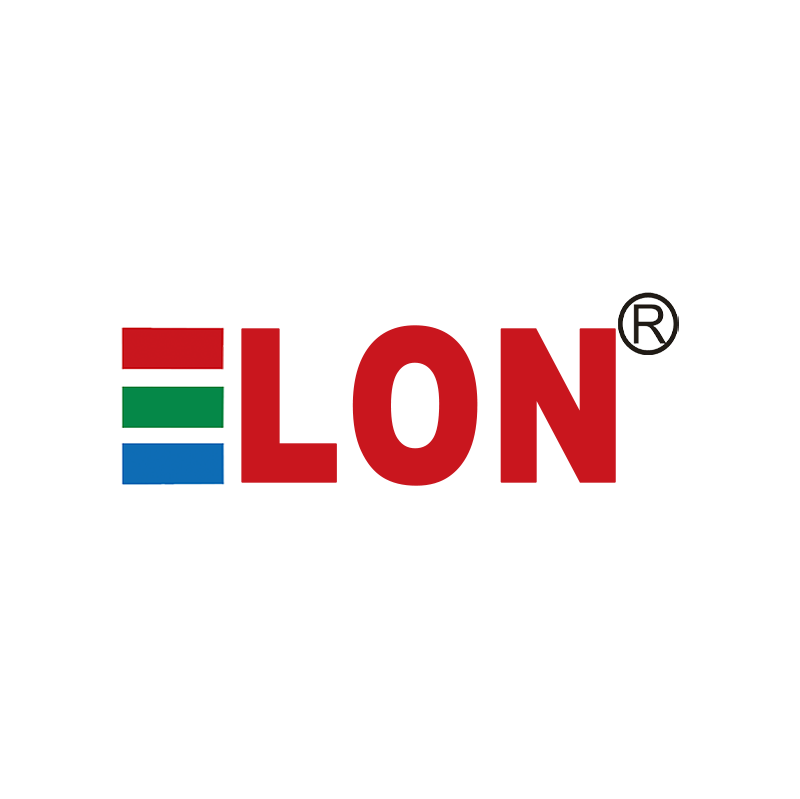what are you looking for?
Categories
Latest blog
- Transform K-12 & Higher Ed with ELON’s Interactive Smart Board for Teaching
- Powered by Intel Core Processors
- The Price of Smart Boards: Why They Cost More Than You Think
- Smart Boards: The Ultimate Collaboration Tool for Modern Workspaces & Classrooms
- Can a smartboard be used as a TV?
- HOMETECH & ELECTRA Exhibition held in Kazakhstan
- What is interactive flat panel display?
- The Difference Between Interactive Flat Panels and Smart TVs
Tags
-
What is a disadvantage of a smart board?Jun 11, 2025In the realm of educational technology, one innovation that has gained significant traction is the smart board, a versatile tool that integrates digital features into traditional whiteboard functionalities. As an established export-focused company since 2011, we continually strive to assess and provide the most effective tools for modern educational settings. In this blog post, we delve into one critical aspect: the disadvantages associated with smart boards in classrooms and educational institutions. Smart boards, also known as interactive whiteboards, offer a technology-rich alternative to conventional teaching tools such as whiteboards and markers. These devices typically combine touchscreen TV whiteboard capabilities with interactive features, making lessons more engaging and dynamic. Despite their benefits, it is essential to acknowledge the potential drawbacks that come with their integration into educational settings. One significant disadvantage of smart boards is their initial cost and maintenance expenses. From acquiring the hardware itself to setting up the necessary software and ensuring continuous updates, the financial investment required for a smart board can be substantial. Additionally, LED boards for teaching purposes, which can be integral components of these setups, contribute to the overall expense. For budget-constrained educational institutions, this upfront cost can be a significant barrier to adopting this technology. Another drawback to consider is the learning curve associated with operating a smart board effectively. Educators must invest time in familiarizing themselves with the features and functionalities of the smartboard, including understanding how to navigate the smart board TV screen, utilize interactive whiteboard tools, and incorporate interactive elements into their teaching strategies. This initial adjustment period can potentially disrupt the flow of lessons and impact instructional effectiveness. Furthermore, as a smart board supplier, we recognize that technical issues and malfunctions can occasionally arise with these complex systems. From software glitches to hardware failures, disruptions to the interactive whiteboard experience can occur unexpectedly, leading to interruptions in classroom activities and hindering the learning process. Timely maintenance and technical support are crucial to mitigate these challenges effectively. In conclusion, while smart boards and interactive whiteboards have revolutionized the educational landscape by offering innovative ways to engage students and enhance learning experiences, it is essential to acknowledge their drawbacks as well. Understanding the potential disadvantages, such as high costs, learning curves, and technical challenges, can help educational institutions make informed decisions about integrating this technology into their classrooms. As manufacturers of interactive display solutions, including interactive panels and whiteboards, we remain committed to supporting educators in their quest to create dynamic and interactive learning environments. For more information on our comprehensive range of interactive boards and classroom solutions, please visit our website or contact our team directly. Keywords: touchscreen TV whiteboard, LED board for teaching, smart board TV screen, smartboard, interactive whiteboard in education, smart board supplier, interactive whiteboard, white board interactiveTags : touchscreen tv whiteboard led board for teaching smart board tv screen interactive whiteboard in education interactive whiteboardView More
Contact Us
 Address: Building 11, Huazhi Science and Technology Innovation Center, Beijiao Town, Shunde District, Foshan City, Guangdong Province, China
Address: Building 11, Huazhi Science and Technology Innovation Center, Beijiao Town, Shunde District, Foshan City, Guangdong Province, China Tel: +8618926228134
Tel: +8618926228134 Email: contact@gzqunji.com
Email: contact@gzqunji.com
Product List
- 55 inch touch screen interactive whiteboard for conference room
- UHD 20 points touch 75 inch smart board for teaching
- Buy 65 inch Smart Interactive Whiteboard for meeting room wholesale
- 75 inch six in one function interactive board price for online teaching
- Supplier 86 inch intelligent smart board for education with projector
- Indoor 4K 3D Hologram Display Box Transparent Display transparent lcd panel display
Hot Tags
- Wholesale Interactive Whiteboard Price
- OEM interactive whiteboard for conference
- OEM whiteboard electronic smart board
- 98 inch whiteboard electronic smart board
- 110 inch Interactive flat panels
- Infrared smartboard cost
- 65 Inch Interactive Panel
- Wholesale kids smartboard With Customized Features
- 98 inch smart technology smart board
- interactive whiteboard education
Newsletter
By Subscribing to Our Mailing List You Will Always Get Latest News and Updates from Us.
© 2025 Guangzhou Elon Technology Co., Ltd . All Rights Reserved. / XML / Sitemap / News / Blog / Privacy Policy /  IPv6 network supported
IPv6 network supported
 IPv6 network supported
IPv6 network supported
leave a message
If you are interested in our products and want to know more details,please leave a message here,we will reply you as soon as we can.
Start a Conversation
Hi! Click one of our members below to chat on











